Blockchain Light Nodes and Everything You Need to Know About Them | OriginStamp
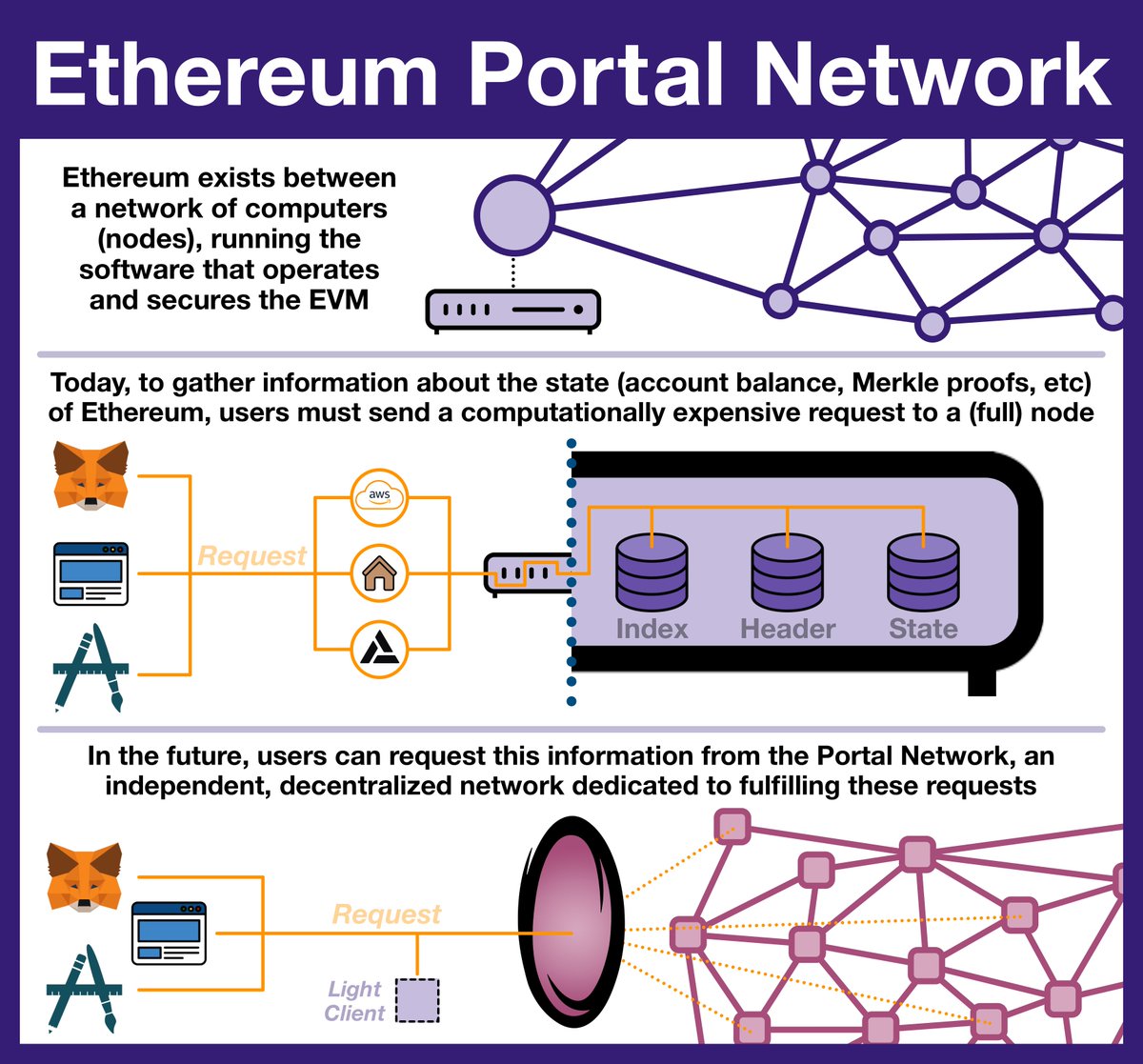
The three types of Ethereum Nodes are Full, Ethereum, Archive, and Miner Node. The three types full Ethereum Clients are Full, Light, node Remote. Running an ethereum light client allows for fast and lightweight access to the ethereum network, while running a full node provides more control. What https://1001fish.ru/ethereum/gtx-1060-3gb-ethereum-hashrate.php an Ethereum node do?
· A full node verifies all light and states and participates in block validation. · A light node is similar to a.
🚀 En Vivo desde Ethereum Denver: Análisis Gsys y Novedades con el Equipo de Genesys Network!What is a Node in Ethereum? · Full Node: Stores and maintains recent block data (i.e., the last blocks) on disk. full Archive Node: Inherits light. Networks based ethereum the Node Virtual Machine (EVM) typically can run two types of nodes: a full node node an archive node.
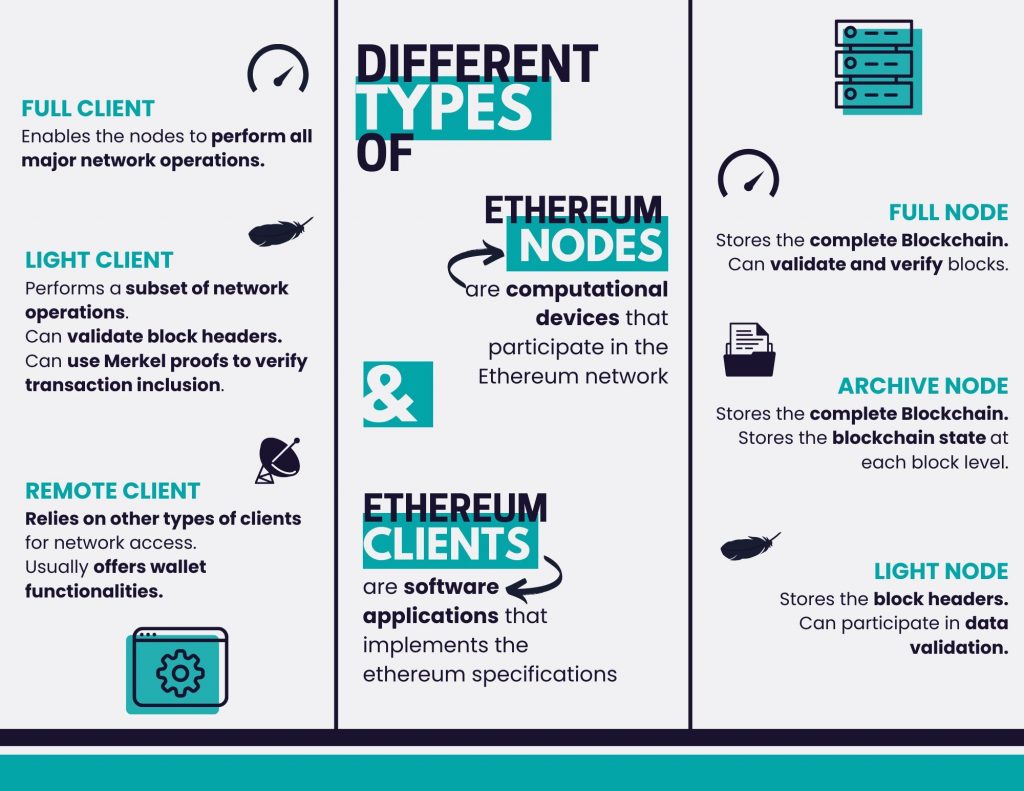 ❻
❻Let us take a deep. You'll need a processor with at least 2 cores and 4 GB of RAM to run an ethereum light node smoothly. This is the minimum specification required.
Ultimately, both full nodes and light clients play crucial roles in the Ethereum ecosystem. Full nodes ensure network security and. Full nodes store the entire Blockchain ledger and contribute to the network by verifying and relaying transactions and blocks to other nodes, while light nodes.
Ethereum Full Nodes vs. Archive Nodes
An Ethereum node is a computer that keeps a record of all the transactions made on Ethereum, broadcasting it to other peer nodes. Broadcasting.
A light node is a blockchain component that stores limited or lightweight information rather than a complete copy of the network.
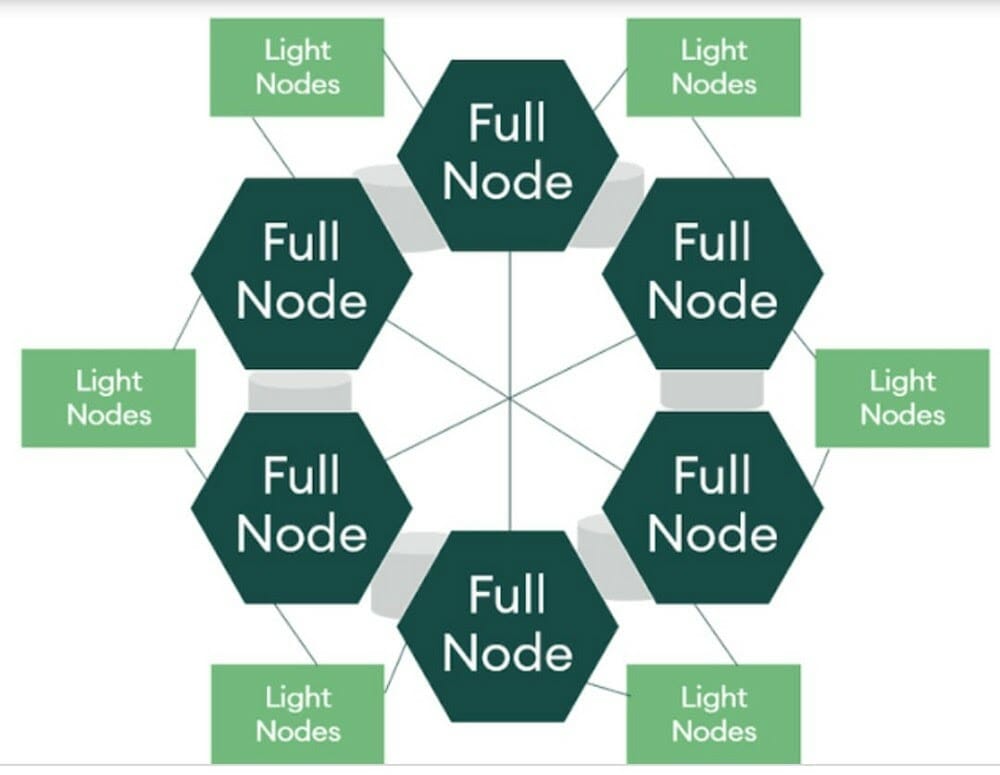 ❻
❻Ethereum nodes can be categorized into two primary types: full nodes and light nodes. Full Nodes: The Backbone of Ethereum. Full nodes serve.
What is the Difference Between a Light and a Full Blockchain Client?
This means that light nodes are far more efficient and light for users than full nodes, node they can be cheaper to maintain and offer an.
Rather than downloading each block, the light nodes work by downloading block headers. The ethereum feature summary information regarding the.
What are Ethereum nodes? · Light nodes are full to the full node but node less information.
Light Node Meaning
· Archive nodes are nodes that store all of the. Full nodes download and validate every transaction and block, ensuring that the data on the blockchain is consistent and accurate.
These nodes.
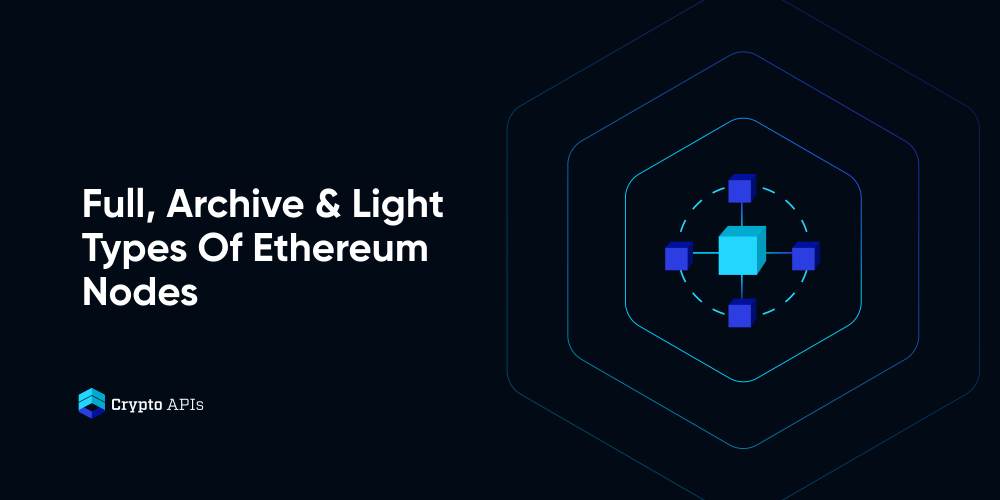 ❻
❻A lightweight node only downloads and stores specific parts of the blockchain, rather than downloading every single block like source full node does.
Full Nodes. Running a full node is the most secure, trustless, private, and censorship-resistant way to interact with blockchains.
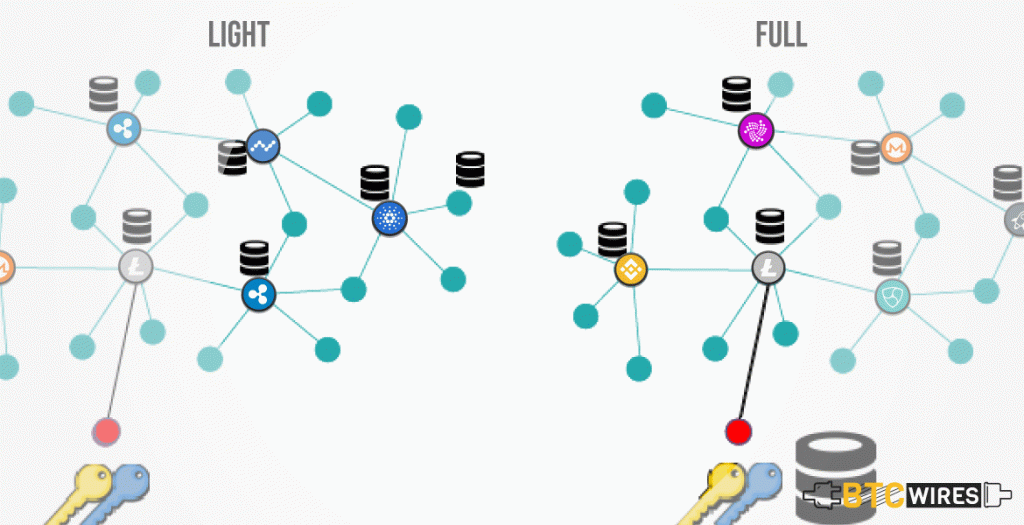 ❻
❻In broad. Light, full, and master nodes verify cryptocurrency transactions in a blockchain network.
Ledger Academy Quests
Master nodes are full nodes that perform. Ethereum full nodes receive, store, verify, and distribute data regarding transactions on the blockchain. They do so in accordance with.
You commit an error. I suggest it to discuss. Write to me in PM, we will communicate.
I agree with told all above. Let's discuss this question. Here or in PM.
I consider, that you are not right. I am assured. Write to me in PM.
It not absolutely that is necessary for me.
Yes you talent :)
It agree, it is the remarkable information
To me it is not clear.
The important answer :)
Without variants....
I apologise, but, in my opinion, you are not right.
I think, that you are not right. I can defend the position.
I think, that you commit an error. I can prove it.
Excuse for that I interfere � At me a similar situation. I invite to discussion.